MIDEQ explores South-South migration in six ‘corridors’ that link migrants’ countries of origin and destination:
- Burkina Faso – Côte d'Ivoire
- China – Ghana
- Egypt – Jordan
- Ethiopia – South Africa
- Haiti – Brazil
- Nepal – Malaysia
Corridors are used as a framing device and metaphor to understand the movement of people, goods, money, knowledge and skills between two places with sociocultural, economic, political and historical dynamics that transcend national borders.
Our focus on migration corridors allows us to examine the relationships within and between countries, countering the focus of much migration research on processes and outcomes in individual countries.
We do this by:
- Comparing migrant experiences, processes and outcomes
- Exploring the complex and sometimes contradictory relationships between countries
- Understanding the ‘ripple effects’ of migration between the countries of the Global South and
- Developing theoretical and empirical understandings of the relationship between migration, inequality and development
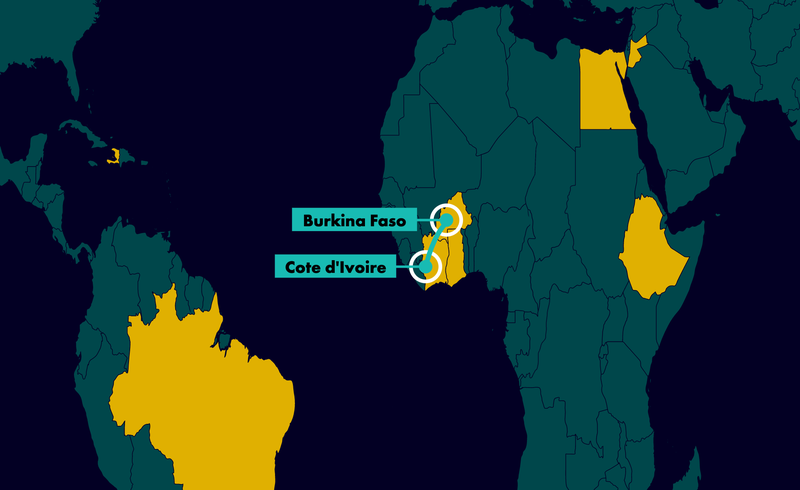
Burkina-Faso – Côte D’Ivoire
Migration flows between Burkina Faso and Côte d'Ivoire are mainly Burkinabè who cross the border to Côte d'Ivoire.
More
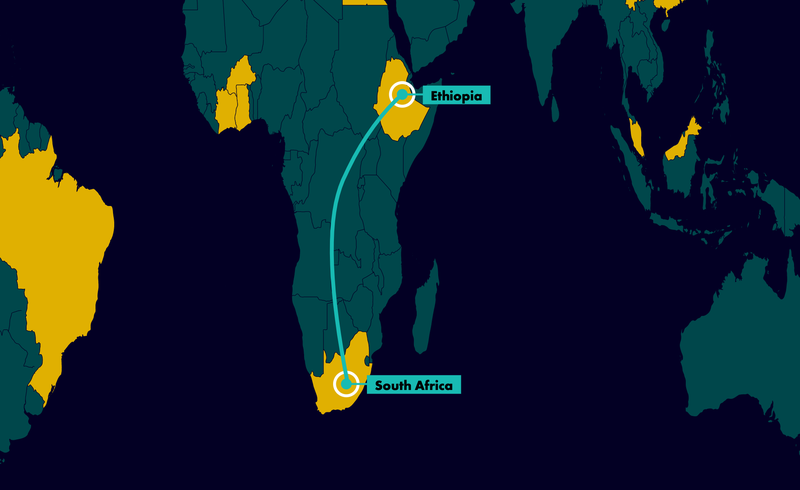
Ethiopia – South Africa
An estimated three million Ethiopians live abroad, and the numbers of Ethiopians travelling to South Africa has only increased in …
More
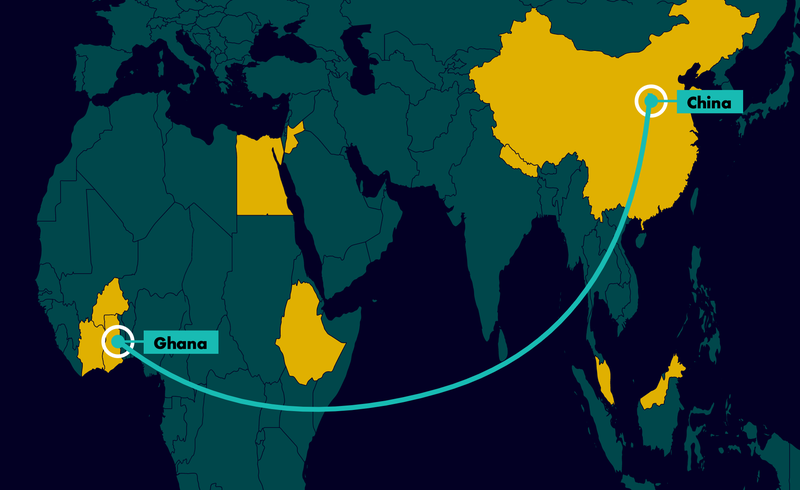
China - Ghana
Since 2000, the flow of Chinese migrants to Africa has emerged as a significant component of South-South migration.
More
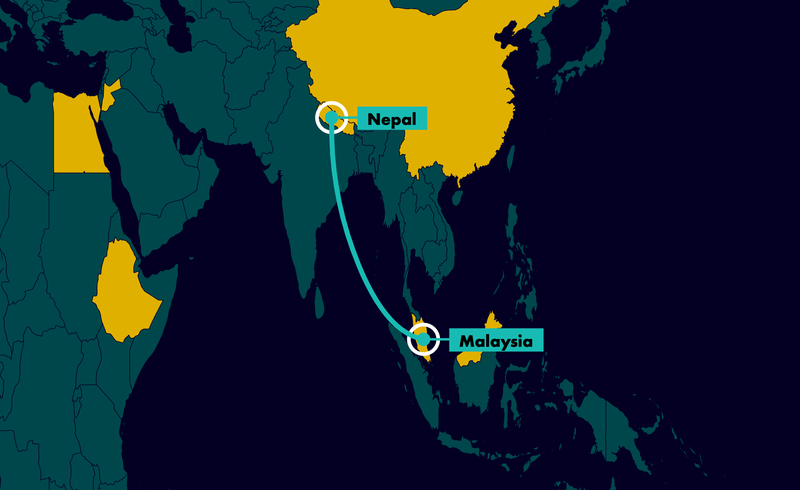
Nepal - Malaysia
Malaysia’s rapid economic development has been largely possible due to the inflow of migrant workers.
More
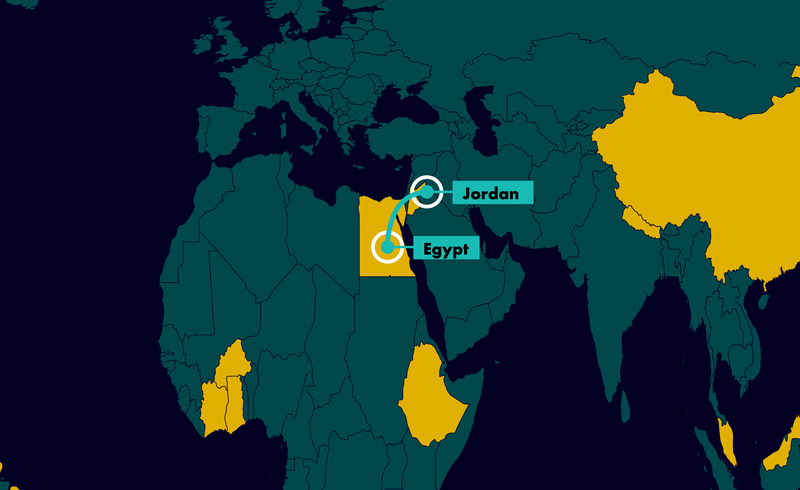
Egypt – Jordan
Egypt is the highest remittance-receiving country in the Middle East and North Africa.
More
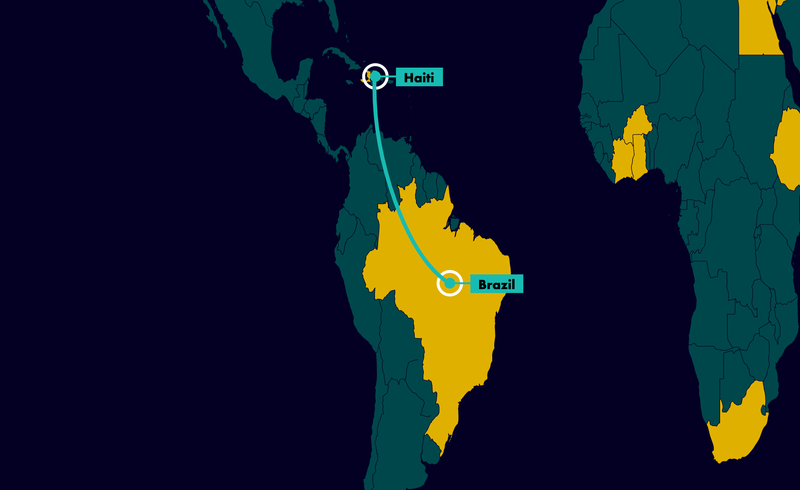
Haiti - Brazil
Mobility and circulation within and beyond Haiti’s borders are inherent characteristics of Haitian society and its population’s migration patterns.
More